Plant Lists
Click on any of the following links to access the plants associated with that garden or planting.
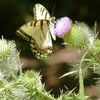
|
These local-source native plants have nectar-rich flowers that are great for attracting butterflies. Notice common flower characteristics including bright color, open flowers with easy nectar access and flat surfaces that allow butterflies to sun themselves.
|
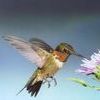
|
Hummingbirds, like butterflies, are attracted to color and nectar-rich flowers. Unlike butterflies, hummingbirds prefer tubular-shaped flowers. Mass colorful flowers for irresistable hummingbird appeal--and the flowers don't have to be red!
|
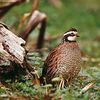
|
Quail need special habitat. In fact, biologists have found that "bobwhites" need both a certain configuration of plant material and a certain amount of area to survive and thrive. For best results, a managed area of approximately 40 acres with plants that offer the right food, cover and nesting area can bring the quail?s call back to your land.
|
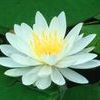
|
There is no feature that can transform a garden like water. Splashing or calm, water is relaxing and refreshing and causes us to pause and reflect. Use these local-source natives around the edge of a pool to add beauty and to attract watchable wildlife. Some can also be used to create a "pond-in-a-pot" water container.
|
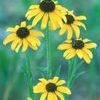
|
Invite songbirds to stay in your yard with a songbird garden. Fill your "living bird feeder" with seed- and fruit-rich, local-source native plants and shrubs and add trees that offer safe shelter and nesting habitat.
|
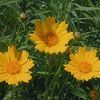
|
Even if you have a hot, dry site you can still enjoy colorful flowers. These low-maintenance local-source natives can perform beautifully along walks, rock walls and in containers.
|
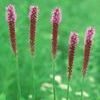
|
Native prairie flowers are the those we most often think of as wildflowers. Add these flowers to any sunny, well-drained garden for a shot of color and reminder of the vast prairies that once covered most of the Midwest.
|
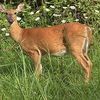
|
There is really no such thing as a deer resistant plant because deer are opportunistic feeders. They do, however, dislike fuzzy leaves and foliage with strong aromas.
|
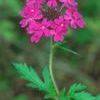
|
There are many native substitutes for the typical groundcovers that are usually used in the landscape. In addition to low-growing plants, you can also use vines allowed to spread instead of training them on a trellis or other support.
|
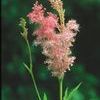
|
These plants have evolved over thousands of years to thrive in wet soils and to effectively percolate rainwater into the ground water so that it doesn't contribute to runoff and soil erosion.
|
